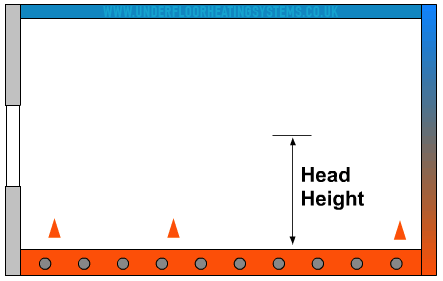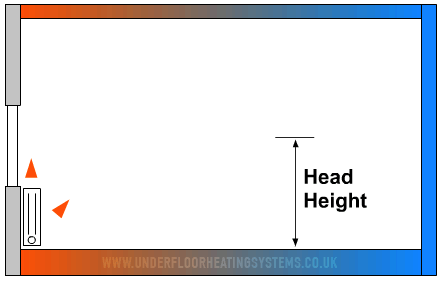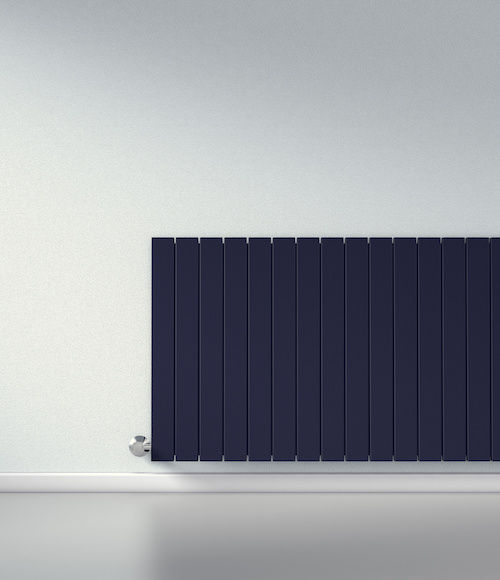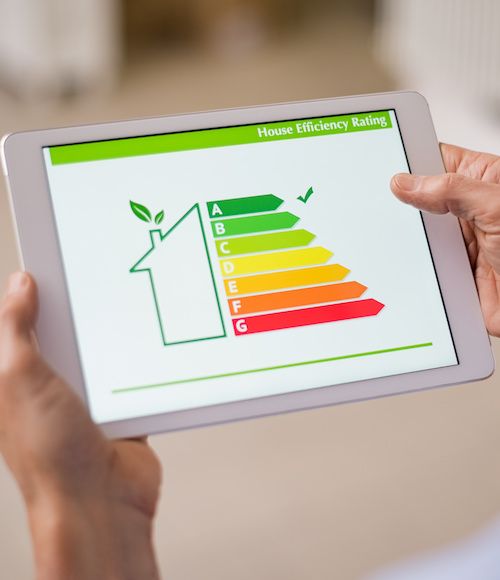Why Underfloor Heating Systems?
Underfloor Heating System

Radiator Heating

Underfloor Heating vs Radiator Heating
Underfloor heating is not a new concept in this country either. In the past electric heating elements were buried within floor screeds. These were heated over night using ‘cheap rate’ electricity. However, this method was expensive to run and uncontrollable and the building would over heat during the day but in the evening, when heat is generally required, no further heat was available.
Utilising today’s modern multilayer pipes, control systems and high efficiency boilers, the underfloor heating systems of today are extremely comfortable and controllable. Radiators are no longer needed so giving more room space. The heat is more evenly distributed and dust is not circulated.
Underfloor heating from the whole floor area of the house gently warms the air above, eliminating cold spots. The warm air convects from the floor surface losing approximately 2 degrees centigrade at 2.0 meters above the floor, which makes the system ideal for all ceiling heights.


Energy-efficient solutions
Independent tests reveal that the most acceptable indoor climate is one in which the floor temperature ranges between 19-29°C and the air temperature at head level ranges between 20 and 24°C. With radiator or convector heating systems a vertical temperature gradient is produced; colder at foot level than at the head.
Underfloor heating has made it possible to reduce energy consumption by using low water temperatures. These systems, based on the development of complex and very high quality plastic pipe, such as the multilayer pipe, now account for over 60% of some European heating markets. Check-out features and benefits of underfloor heating here.

